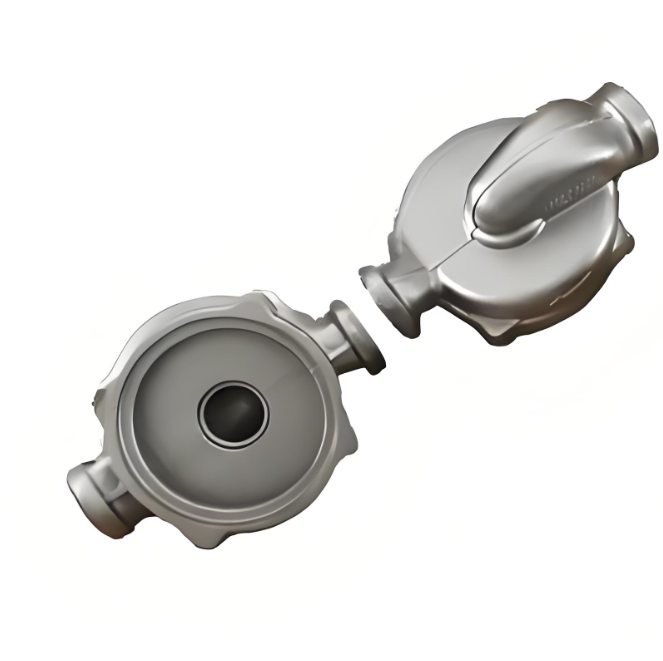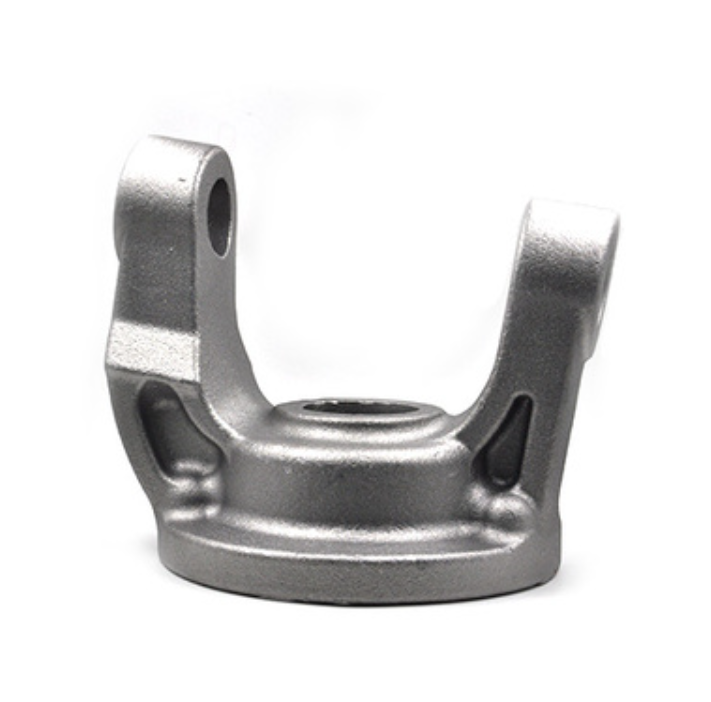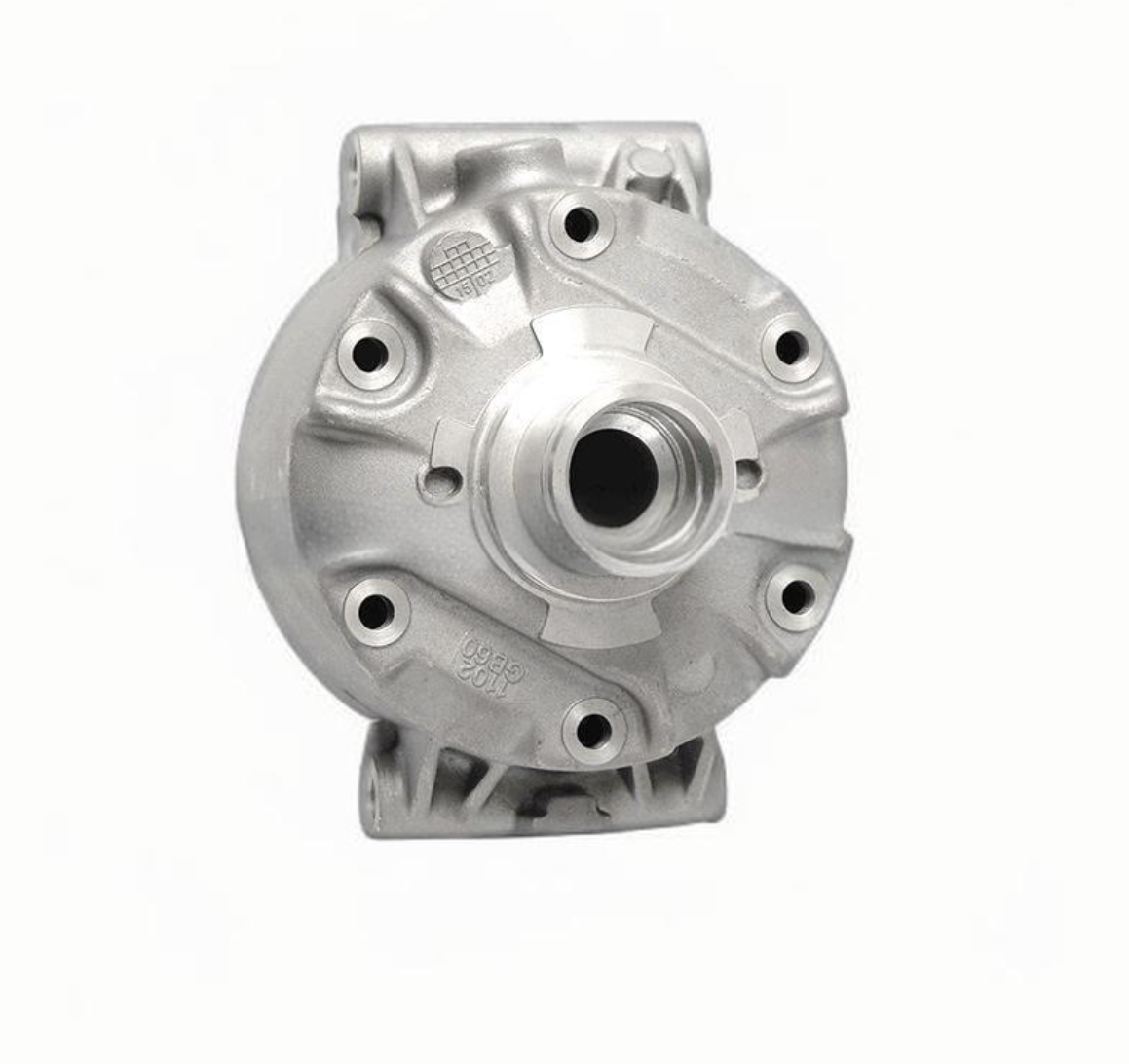Die Forging
Release time:2024-10-25 18:14:16 Number of views:459 Publisher:njjh Source:编辑部
Die Forging
A.What is the die forging process?
1. Die forging refers to a forging method that uses a die to form a blank on a special die forging equipment to obtain a forging. The forgings produced by this method are accurate in size, small in machining allowance, complex in structure, and high in productivity.
2. Die forging is a method of forming a forging die developed on the basis of free forging and die forging in order to solve the problems of low productivity and poor precision of free forging, and to achieve the needs of large-scale and specialized production of forgings. Die forging is the abbreviation of model forging. The forging die (forging die) is generally composed of an upper die and a lower die. The upper and lower dies of the forging die are respectively fixed on the hammerhead and the die pad. or die groove), the shape and size of the cavity of the groove is the same as the shape and size of the forging. During die forging, the blank is placed on the lower die, and the upper die moves (one or more times) with the hammerhead (or the slider downward) to strike the blank, and the impact energy (or static pressure) of the blank acts on the blank. Plastic deformation and filling of the groove are produced, and finally, a forging that is consistent with the shape of the groove is obtained.
3. Since the metal is deformed in the groove during die forging, the die forging has a fast forming speed and high productivity and can be produced in batches and in large quantities. Under the condition of sufficient batches, the cost of parts can be reduced. The forge operation is easier and the labor intensity is low. Die forgings are more accurate in size, can forge shapes that are difficult to forge in free forging, have a beautiful appearance, are streamlined, have better surface quality, and have small machining allowances. For example, after die forging, the connecting rod body and crankshaft neck portion do not need to be machined, which can save metal materials and reduce the amount of machining. At the same time, die forging can make the metal streamline distribution more reasonable and the structure denser, thereby improving the mechanical properties of the parts and prolonging the service life of the parts.
B.Details of forging process.
According to the main methods used in actual production at present, there are 4 kinds:
1. Hammer die forging is an abbreviation for the production of die forgings on a steam-air die forging hammer. Die forging hammer is the main equipment used in die forging production because it can carry out multi-step billet making on the hammer, has good metal filling performance, and has good versatility.
2. The upper die forging of the hot die forging press (referred to as the forging press) is a relatively advanced die forging process method. This processing method has the working characteristics of high equipment stiffness, fast fixed stroke speed, low working speed, and limited energy, and force, which is beneficial to improve the dimensional accuracy and forging die life of die forgings, and is suitable for mechanization and automation of die forging processes. , which can better meet the requirements of high quality, high precision, mass supply, and high productivity put forward by modern industry.
3. Friction press is the earliest die forging equipment, and it has many technological uses in die forging production. Not only can it be used for die forging (including partial upsetting, warm extrusion, or hot extrusion, etc.), but also for trimming, bending, cold or hot correction, and precision pressing. A friction press is a kind of forging equipment commonly used in small and medium factories.
4. The flat forging machine is a horizontal crank press, which can forge some forgings that cannot be forged on a die forging hammer or a hot die forging press. It is especially suitable for forging long rods with a thick head. For continuous forging of perforated or non-through hole annular forgings on one bar.
C.What are the details of the precision forging process?
1. Blank preparation;
In closed precision die forging, the deviation of the material volume will cause the height of the forging to change. Therefore, in order to improve the accuracy of forgings, first of all, improve the blanking accuracy. The dimensional error of the blank should be strictly controlled within ±2%, and the dimensional deviation of the blank used for closed die forging should be controlled within ±1%. The size and shape of the upsetting blank positioned according to the shape should be strictly controlled within a certain accuracy range. The blank should be cleaned by sand blowing or pickling, and the surface of the blank after cleaning should be free from defects such as oxide scale, inclusions, cracks, folds, pits, etc.
2. Blank heating;
During precision die forging, the billet should be heated by means of less and no oxidation heating. After the billet is heated, the surface should be free of oxidation or less oxidized, and the decarburization layer should be controlled to a minimum. In the process of heating the blank, there must be good cleaning conditions to prevent various sundries, oxide scale, slag, etc. from sticking to the surface of the blank.
3. Lubrication;
In the process of precision die forging, taking good lubrication measures can make the metal easy to fill the groove, easy to demold, reduce the deformation resistance, prevent surface defects and prolong the life of the die. In the high-temperature precision die forging of stainless steel, superalloy, and titanium alloy, a large number of glass protective lubricants are used. Play a good lubricating effect, which is beneficial to improving the life of the mold.
4. Surface cleaning between processes;
In order to obtain die forgings with high surface quality and dimensional accuracy, from the start of material preparation to the production of finished forgings, the surface quality must be strictly cleaned and controlled between each process. Cleaning methods are similar to general die forging, such as sandblasting, shot blasting, drum cleaning and pickling, alkali corrosion, etc. However, the surface cleaning requirements are higher than those of ordinary die forging. In addition to general cleaning, polishing processing is also required.
5. Forging cooling;
After precision die forging, due to the high temperature, air cooling will cause secondary oxidation of the surface, which will affect the surface quality. For this reason, the forgings should be quickly cooled in a protective medium after hot forging. Commonly used protective media are yellow sand, graphite sand, and protective gas. In mass production, it is ideal to use protective gas cooling. In order to prevent the forgings from being flexed and deformed during the cooling process, stack cooling is generally used.
6. Process and testing technology;
The general process of precision die forging is: first, rough die forging is formed to obtain a shape similar to the precision forging, but there should be a certain precision forging allowance, and then the forging is strictly cleaned to remove surface dirt and defects. Finally, little, no oxidation heating is performed, and finish forging is performed. For individual high-demand forgings, additional processes such as precision pressing or cold calibration are required. Strict inspection is required between each process of precision die forging to ensure that high-precision forgings can be obtained subsequently. The measuring tools and templates used in routine inspection can no longer meet the needs of all precision forging. Modern advanced testing instruments are an important condition to ensure the realization of the precision forging process.
D.The advantages of the forging process.
1. The production efficiency is high, and the deformation of the metal during die forging is carried out in the die cavity, so the ideal shape can be obtained quickly.
2. The second is that forgings with complex shapes can be forged during die forging, and the streamlines are more reasonable, thereby improving the service life of the parts.
3. The third is that the dimensions of the die forgings are relatively accurate, the machining allowance is small, and the surface quality is also good. Fourth, save metal materials, reduce the workload of cutting, and in the case of a large enough batch, the production cost of parts can be reduced.
E.Application of forging casting process.
Forgings have a wide range of applications. Almost all the major force-bearing components in motion are formed by forging, but the biggest driving force for the development of forging (especially die forging) technology comes from the vehicle manufacturing industry - automobile manufacturing and later aircraft manufacturing. The size and quality of the forgings are getting bigger and bigger, the shape is getting more and more complex and fine, the forging materials are getting wider and wider, and the forging is more difficult. High reliability. As in aero engines, the thrust-to-weight ratio is getting larger and larger. Some important stress-bearing components, such as turbine disks, shafts, compressor blades, discs, shafts, etc., have a wider operating temperature range, harsher working environments, more complex stress states, and sharply increased stress. This requires load-bearing forgings to have higher tensile strength, fatigue strength, creep strength, and fracture toughness.
F.Packing and Shipping.
1. Each product is carefully packed with bubble bags and packed in cartons. In order to cause scratches due to knocks, which will affect the quality and use of the product, we will use wooden boxes specially designed for export for packaging and transportation.
2. All products will be transported according to customer needs, such as express, air shipping, sea shipping, and railway shipping.
G.FAQs.
1. How can I get the quotation?
A:We send a quote based on drawing, quantity, weight, and material(a real sample is acceptable).
2. If I don't have the drawing, can you make a drawing for me?
A:Yes, we are able to make the drawing of your sample duplicate the sample.
3. What is your payment method?
A:Tooling:50% T/T advanced,50% T/T balance when sample approval.
Items bulk order:50% deposit T/T,50% balance T/T against the copy of B/L.
4. What kind of file format can you open?
A:PDF, IGS, DWG, X_T, STEP(STP).
5. What surface treatment can you do?
A:Including powder coating, sandblasting, painting, polishing, acid pickling, anodizing, enamel, zinc plating, hot-dip galvanizing, and chrome plating.
6. What is your way of packing?
A:Each product is carefully packed with bubble bags and packed in cartons. In order to cause scratches due to knocks, which will affect the quality and use of the product, we will use wooden boxes specially designed for export for packaging and transportation.
7. Do you have a sub-company overseas?
A:Yes, we have a sub-company in Michigan, USA.





